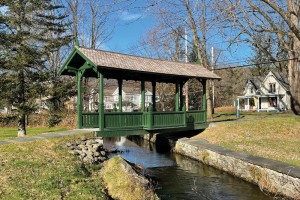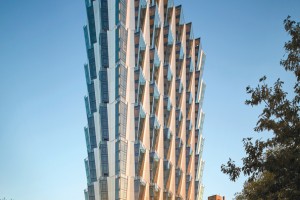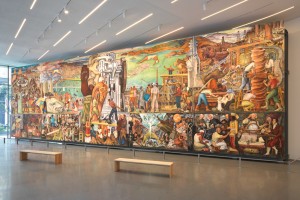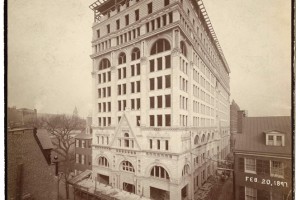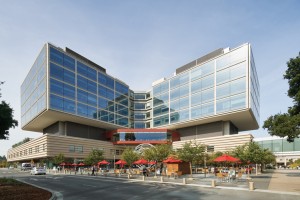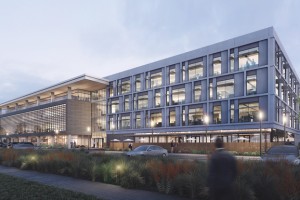Boston University Center for Computing & Data Sciences Building
The Center for Computing & Data Sciences is a dynamic new vertical campus building at Boston University. The design maximizes opportunities for interaction and interconnectivity and carefully integrates every element to establish Data Sciences as Boston University’s new iconic heart.
…


